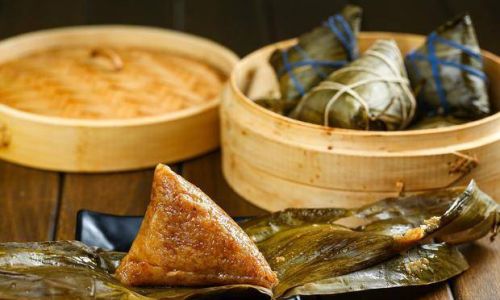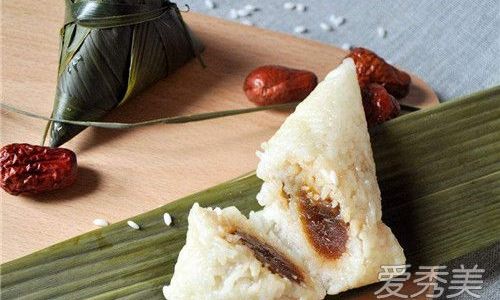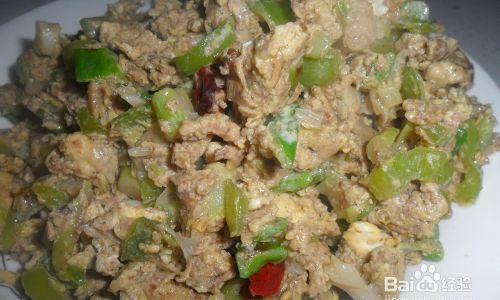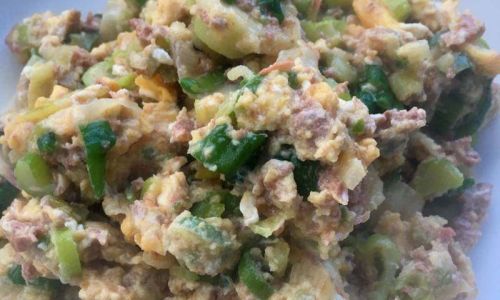Table of content
Zongzi, a traditional Chinese rice dumpling wrapped in bamboo or reed leaves, holds a cherished place in culinary culture, particularly during the Dragon Boat Festival. These triangular or pyramidal treats, often filled with ingredients like glutinous rice, pork, red bean paste, or dates, are labor-intensive to prepare. To avoid waste and preserve their flavor, freezing has become a common practice. However, questions about the safety and quality of frozen zongzi over time often arise. This article explores the factors influencing how long frozen zongzi can last, best practices for storage, and essential tips for maintaining its taste and texture.
Understanding Zongzi and Its Preservation Challenges
Zongzi’s primary components—glutinous rice, fillings, and leaf wrappers—create a unique set of preservation challenges. Glutinous rice, known for its sticky texture, can become dry or crumbly when improperly stored. Fillings, especially meat-based ones, are prone to bacterial growth if not handled correctly. The leaves, while adding aromatic complexity, can absorb moisture and affect the dumpling’s integrity during freezing.
Freezing is an effective method to halt microbial activity and enzymatic reactions, extending shelf life. However, the quality of frozen zongzi depends on storage conditions, packaging, and the ingredients used.

Factors Influencing Frozen Zongzi’s Shelf Life
Ingredients and Preparation
- Meat-Filled Zongzi: These tend to have a shorter frozen shelf life (1–3 months) compared to vegetarian or sweet varieties. Animal proteins are more susceptible to oxidation and freezer burn.
- Sweet Fillings: Zongzi with red bean paste or jujube may last 3–6 months if properly sealed, as sugars act as natural preservatives.
- Fat Content: High-fat fillings, such as salted egg yolk or lard, can become rancid over time, even when frozen.
Packaging Methods
- Airtight Containers: Vacuum-sealed bags or heavy-duty freezer-safe containers minimize exposure to air, preventing freezer burn and moisture loss.
- Wrapping: Original bamboo leaves should remain intact during freezing to retain flavor. If leaves are removed, wrap zongzi tightly in plastic film before packaging.
- Portioning: Freezing individual portions reduces the need for repeated thawing, which can compromise quality.
Freezer Temperature
- Consistency: Fluctuations in temperature (e.g., freezer doors left open) accelerate ice crystal formation, damaging cell structures and causing texture issues.
- Ideal Temperature: Maintain the freezer at 0°F (-18°C) or lower to ensure long-term preservation.
Hygiene During Preparation
- Cross-Contamination: Bacteria like Bacillus cereus or Staphylococcus aureus can survive freezing and cause foodborne illness if zongzi is not cooked thoroughly before freezing.
- Cooling Time: Allow freshly cooked zongzi to cool completely before freezing to prevent condensation, which leads to ice buildup.
How Long Can Frozen Zongzi Last?
Under optimal conditions, frozen zongzi can retain acceptable quality for 3–6 months. However, this timeline varies:
- Vacuum-Sealed Zongzi: Up to 6 months (meat) or 8–12 months (vegetarian/sweet).
- Loosely Wrapped Zongzi: 1–3 months, as air exposure accelerates freezer burn.
- Homemade vs. Commercial: Store-bought zongzi often contains preservatives, extending shelf life by 1–2 months compared to homemade varieties.
Note: While frozen zongzi remains microbiologically safe indefinitely at 0°F, quality deteriorates over time. Texture, aroma, and flavor may decline after 6 months.
Signs of Spoilage in Frozen Zongzi
Even when frozen, zongzi can spoil due to improper handling. Watch for these indicators:
- Freezer Burn: Grayish-brown patches or dry, tough spots indicate dehydration. While safe to eat, affected areas may be unpalatable.
- Off Odors: A sour, ammonia-like, or rancid smell upon thawing signals bacterial growth or lipid oxidation.
- Texture Changes: Mushy or grainy rice, or fillings that separate from the wrapper, suggest freezer damage or microbial activity.
- Mold: Rare in freezing environments but possible if thawed and refrozen.
Rule of Thumb: If in doubt, discard the zongzi. Food safety is not worth the risk.
Health Risks of Consuming Spoiled Zongzi
Consuming improperly stored zongzi can lead to:
- Bacterial Infections: Bacillus cereus and Clostridium perfringens thrive in improperly cooled or reheated rice dishes, causing vomiting or diarrhea.
- Toxin Production: Some bacteria produce heat-resistant toxins that survive cooking, leading to food poisoning even after reheating.
- Parasites: Undercooked pork fillings may harbor Trichinella larvae, though freezing at 0°F for 30 days can eliminate this risk.
Prevention: Always reheat zongzi to an internal temperature of 165°F (74°C) and avoid refreezing after thawing.
Tips for Optimal Frozen Zongzi Storage
-
Pre-Freeze Preparation:
- Cook zongzi until the internal temperature reaches 165°F.
- Cool completely on a wire rack to prevent condensation.
- Label each package with the date and contents.
-
Packaging Hacks:

- Use freezer-safe zip-top bags, pressing out excess air.
- For vacuum sealing, invest in a machine to remove oxygen and extend shelf life.
- Wrap zongzi in parchment paper before bagging to prevent sticking.
-
Freezer Organization:
- Store zongzi in the coldest part of the freezer (usually the back).
- Avoid placing heavy items on top, which can crush the dumplings.
- Rotate stock using the “first in, first out” method.
-
Thawing Safely:
- Thaw overnight in the refrigerator, not at room temperature.
- For quick thawing, use a microwave’s defrost setting, but cook immediately afterward.
Reheating Frozen Zongzi: Methods and Best Practices
Proper reheating ensures both safety and flavor retention:
- Steaming: The traditional method. Steam for 15–20 minutes until heated through.
- Boiling: Submerge frozen zongzi in boiling water for 20–25 minutes.
- Microwave: Wrap in a damp paper towel and heat on medium power in 2-minute intervals.
- Oven: Bake at 350°F (175°C) for 25–30 minutes, wrapped in foil to prevent drying.
Avoid: Refreezing thawed zongzi, as repeated freezing cycles degrade quality and safety.
Cultural Preservation and Modern Adaptations
Freezing zongzi is not merely practical—it’s a way to honor tradition in a fast-paced world. Families often prepare large batches before festivals, freezing portions to enjoy year-round. Modern innovations, like individually wrapped zongzi with oxygen absorbers, cater to global audiences, ensuring authenticity without compromise.
Conclusion
Frozen zongzi can last 3–6 months under ideal conditions, but its longevity hinges on careful preparation, packaging, and storage. By prioritizing hygiene, temperature control, and proper reheating, you can savor this culinary treasure without risking spoilage or health hazards. Whether celebrating a festival or craving a nostalgic snack, frozen zongzi offers a bridge between tradition and convenience—provided it’s handled with care.
As the saying goes, “Food safety is the first ingredient in any recipe.” With these guidelines, you can enjoy frozen zongzi with confidence, knowing you’ve preserved both flavor and well-being.




0 comments